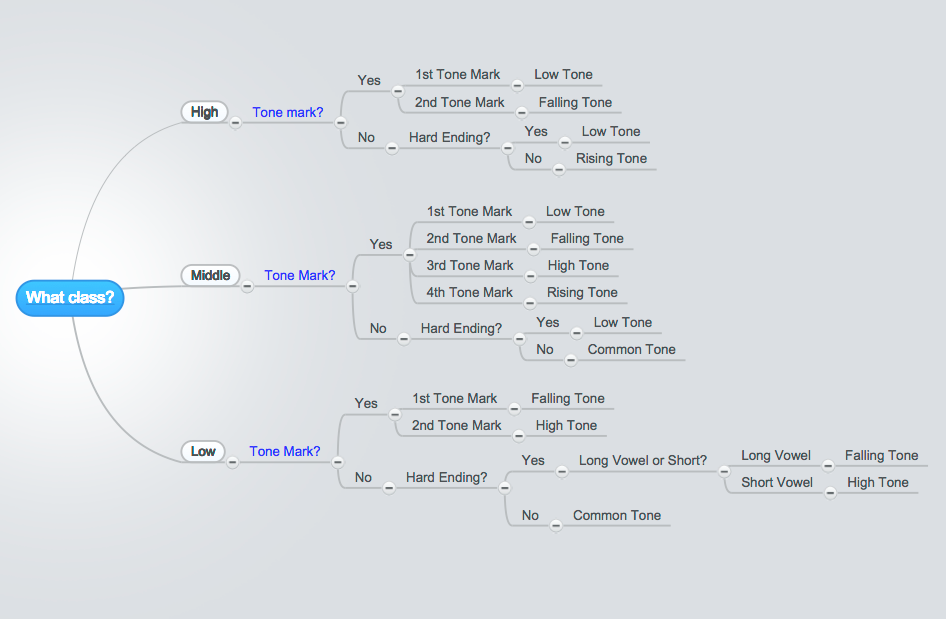Many cultures use different greetings depending on the time of day. While Thai language has a couple phrases that are similar to “good morning,” “good afternoon,” and “good night,” Thai people do not commonly use these very much in daily life.
However, you may hear them on Thai dramas or in Thai movies, so it’s ok to learn it. If you want to know how Thai people say good morning to each other at different times of the day, below are both the formal and informal phrases you’ll come across either in book, classes or other websites. Be sure to read to the end as that’s where the most common phrases are.

How to Say Good Morning in Thai
Formal Thai for “Good Morning” Part 1: (What Thai language books and other websites tell you to say…)
—- Examples:
- อรุณสวัสดิ์ (ah-roon-sa-wat) Good morning
- สวัสดีตอนเช้า (sa-wat-dee ttawn-chao) Good morning
*Disclaimer: We mention these phrases, because it’s the only way to rank this page high enough on Google that you will ever see it, but I will stress that Thai people don’t say these 2 phrases and neither should you. Except, perhaps to be silly. If you use it (especially ah-roon-sa-wat), you will probably get a laugh or a smile so there may be some value in learning these 2 Thai phrases just to get a reaction out of people.
Google is getting better at recognizing what’s actually used as opposed to what the top websites might tell you.

Don’t use SA-WAT-DEE-TAWN-CHAO
Formal Thai for “Good Morning” Part 2: (What Thai people REALLY say)
—- Examples:
- สวัสดี ครับ/ ค่ะ (sawat-dee + khrap/kha) – Hello + (male/female polite particle)
- ทานข้าวรึยัง (taan khaao rue yang) – Have you eaten yet?*
* ทาน (taan) is a slightly more polite/formal word for “to eat” in Thai. If you frequent the same restaurant or cafe, as the staff start getting to know you, they may use this word for a time instead of กิน (kin) which also means “to eat.” Using ทาน (taan) instead of กิน (kin) is more formal/polite and maintains a level of distance from the person being spoken to.
Informal Thai for “Good Morning” (What you should use with your friends)
- หวัดดี ครับ/ ค่ะ (wat-dee + khrap/kha) – Hi
- กินข้าวรึยัง (kin khaao rue yanng?) – Have you eaten yet?*
You’ll use *” กิน (kin) – to eat” most of the time when speaking with friends or colleagues.
Want to Know More Thai Greetings and Basic Phrases?
To learn all about the best Thai greetings to use in every situation, check out our “How to Say Hello in Thai” post. In that post, you’ll find the 2 most useful phrases in the Thai language so don’t miss out.
Want to learn to speak and read Thai language? Check out my Thai foundation online course here or sign up below to try some free lessons from the program.

